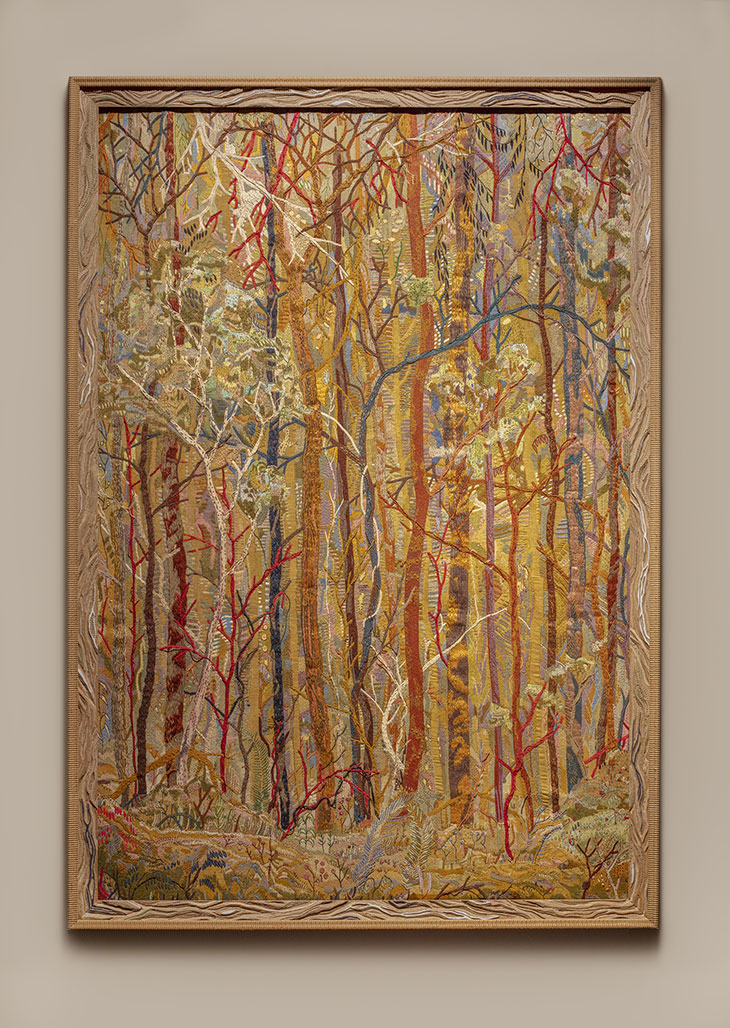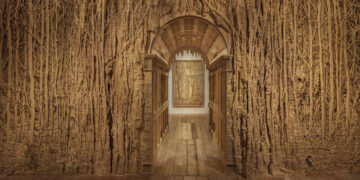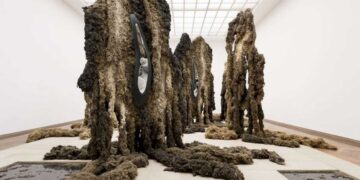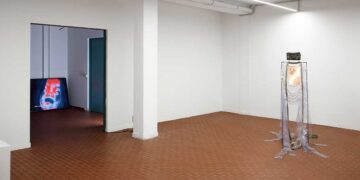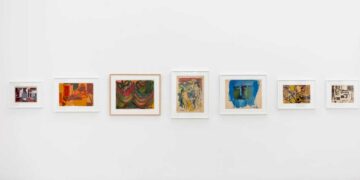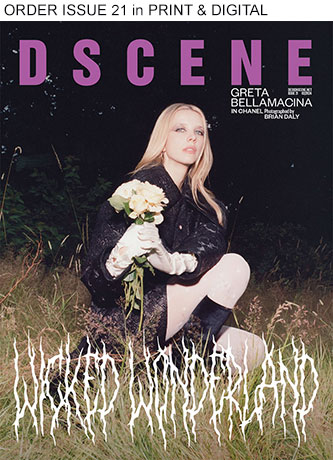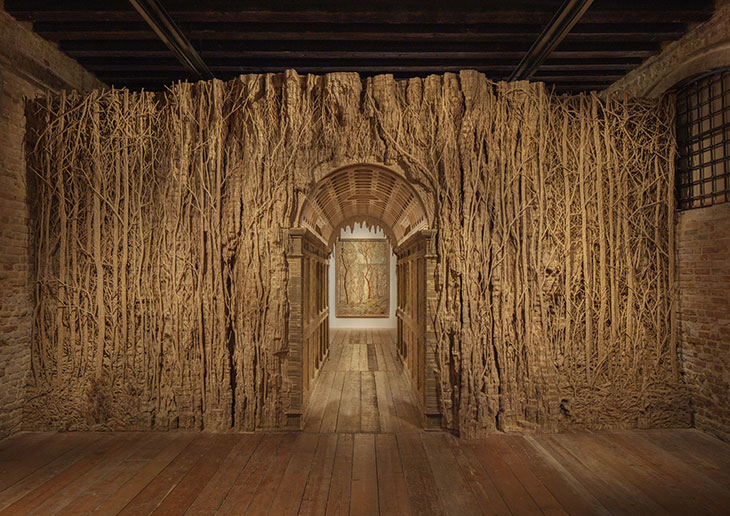
The exhibition “Selva” by Eva Jospin will be showcased at the Museo Fortuny from April 10 to November 24, 2024. Curated by Chiara Squarcina and Pier Paolo Pancotto, in collaboration with Galleria Continua, this exhibition promises to immerse visitors in a captivating exploration of nature. Eva Jospin, born in Paris in 1975, has continuously drawn inspiration from nature’s diverse forms and expressions throughout her artistic career. Utilizing materials such as cardboard, plant elements, metal parts, and fabric, she breathes life into three-dimensional compositions, some of which possess strikingly large and captivating scenographic qualities. Her works resonate with a fairy-tale ambiance, often shrouded in mystery. These creations evoke or reconstruct a world central to Jospin’s interests: landscapes, trees, plants, branches, leaves, geological formations, and architectural structures, prompting contemplation on themes such as creativity and the processes through which it manifests.

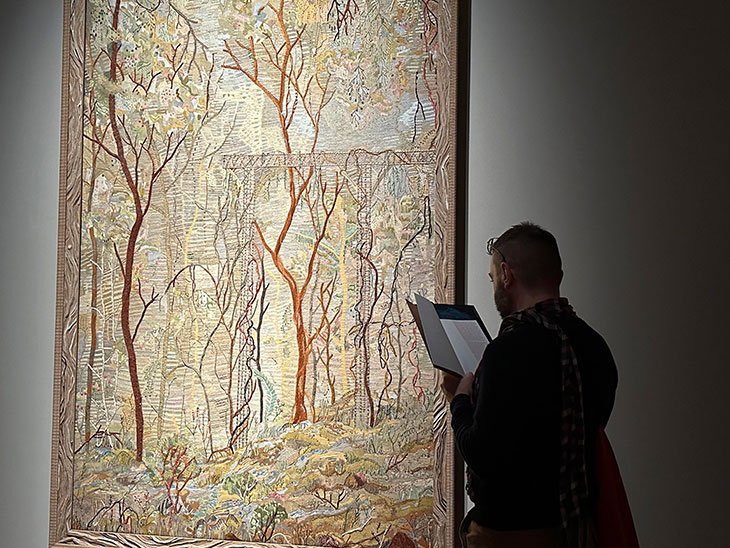
Her latest project at the Museo Fortuny in Venice exemplifies this thematic exploration. The works, specially conceived for the occasion, engage in a dialogue not only with the historical and environmental context of Palazzo Pesaro degli Orfei but also with the identity of the collections housed within, particularly Mariano Fortuny‘s artistic production. This dialogue reveals unexpected aesthetic and operational affinities between the poetics of Jospin and Fortuny, exploring nature, creative processes, textile research, and the theatrical artifice.
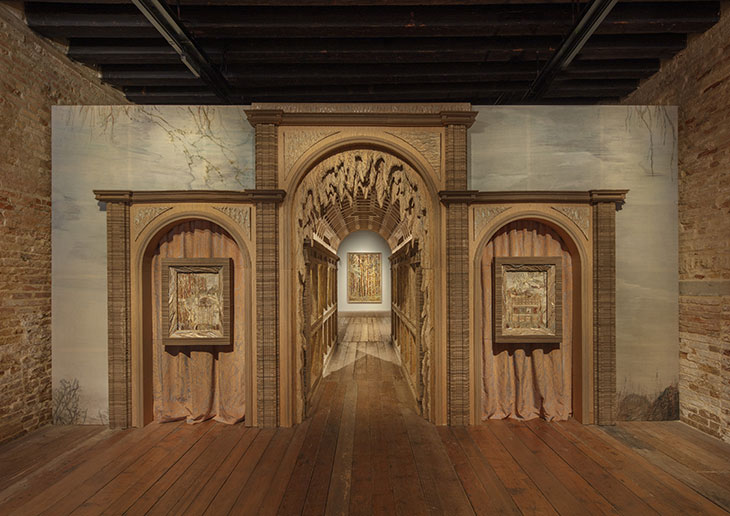

The centerpiece of Jospin’s installation at the Museo Fortuny is a simulated ‘forest’ within the portego, or central hall. Crossing this artificial woodland induces a sensation of temporal and spatial disorientation, transporting visitors to an undefined realm. At the heart of this installation lies Galleria (2021-2024), an arched passageway adorned with a coffered ceiling crafted from cardboard, wood, and assorted materials. Inspired by Jospin’s travels in Italy, it incorporates motifs from Renaissance and Baroque architecture, classical ruins, and other architectural marvels, evoking a sense of enchantment reminiscent of Symbolist and Nabis atmospheres.
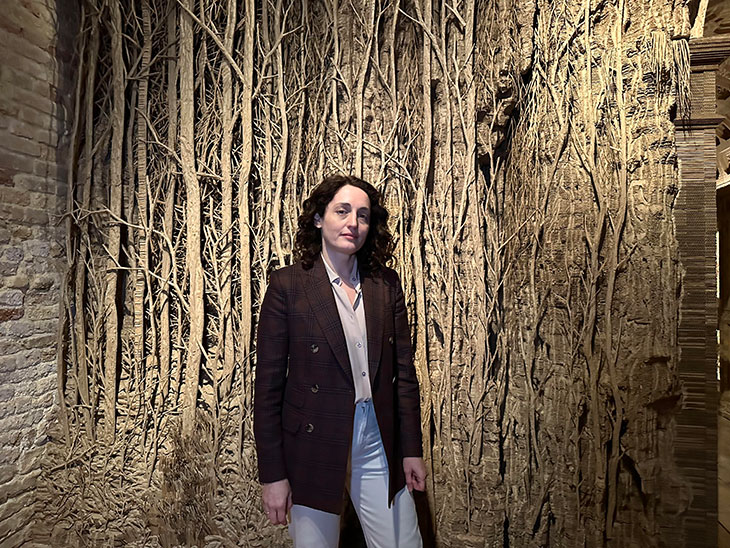
The experience through the installation culminates in a room housing Carmontelle (2023), an animated panorama paying homage to Louis Carrogis de Carmontelle‘s transparent landscapes. This piece, reminiscent of eighteenth-century theatrical backdrops, captivates viewers with its mechanical movements, echoing both Carmontelle’s innovative vision and Fortuny’s contributions to stage design. Visitors are encouraged to immerse themselves in this alternate dimension of the forest, experiencing a range of emotional states from wonder to amusement, surprise, and even a hint of fear. Jospin’s allegorical creation serves as a conduit to explore the intricacies of human sensory and intellectual experiences, inviting each visitor to lose and rediscover themselves within its depths.
